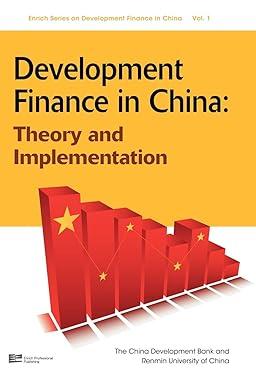me that fixed Financial contracts involving investments, mortgages, loans, and so on are based on either a fixed or a variable interest rate. Assume Interest rates are used throughout this question. Emma deposited $500 in a savings account at her bank. Her account will earn an annual simple interest rate of 9%. If she makes no additional deposits or withdrawals, how much money will she have in her account in 11 years? $995.00 $145.00 $1,290.21 $549.05 Now, assume that Emma's savings institution modifies the terms of her account and agrees to pay 9% in compound interest on her $500 balance. All other things being equal, how much money will Emma have in her account in 11 years? $116.12 $545.00 $1,290.21 $995.00 Suppose Emma had deposited another $500 into a savings account at a second bank at the same time. The second bank also pays a nominal (or stated) interest rate of 9% but with quarterly compounding. Keeping everything else constant, how much money will Emma have in her account at this bank in 11 years? $130.56 od Floor $145.00 $1,330.93 $546,54 The principal of the time value of money is probably the single most important concept in financial management. One of the most frequently encountered applications involves the calculation of a future value. The process for converting present values into future values is called . This process requires knowledge of the values of three of four time-value-of-money variables. Which of the following is not one of these variables? The duration of the investment (N) The interest rate (1) that could be earned by invested funds The present value (PV) of the amount invested The inflation rate indicating the change in average prices All other things being equal, the numerical difference between a present and a future value corresponds to the amount of interest earned during the deposit or investment period. Each line on the following graph corresponds to an interest rate: 0%, 8%, or 16%. Identify the interest rate that corresponds with each line. VALUE IDollars! 10 TIME Years! Line A: Line B: Line C: Investments and loans base their interest calculations on one of two possible methods: the interest and the Interest methods. Both methods apply three variables-the amount of principal, the interest rate, and the investment or deposit period to the amount deposited or invested in order to compute the amount of interest. However, the two methods differ in their relationship between the variables. Assume that the variables I, N, and PV represent the interest rate, investment or deposit period, and present value of the amount deposited or invested, respectively. Which equation best represents the calculation of a future value (FV) using: Compound interest? PV = PV/(1+1)N PV-PVX (1 + 1) PV = (1 + 1) / PV Simple interest? PV - PV + (PV XI XN) PV-PV/(PV XI X N) PV - PV - (PV x 1 x N) Nicholai is willing to invest $30,000 for six years, and is an economically rational investor. He has identified three investment alternatives (A, B, and c) that vary in their method of calculating interest and in the annual interest rate offered. Since he can only make one investment during the six-year Investment period, complete the following table and indicate whether Nicholai should invest in each of the investments Note: When calculating each investment's future value, assume that all interest is earned annually. The final value should be rounded to the nearest whole dollar. Yes Expected Future Value Make thil . Investment Interest Rate and Method 8% simple interest 3% compound interest 5% compound interest










